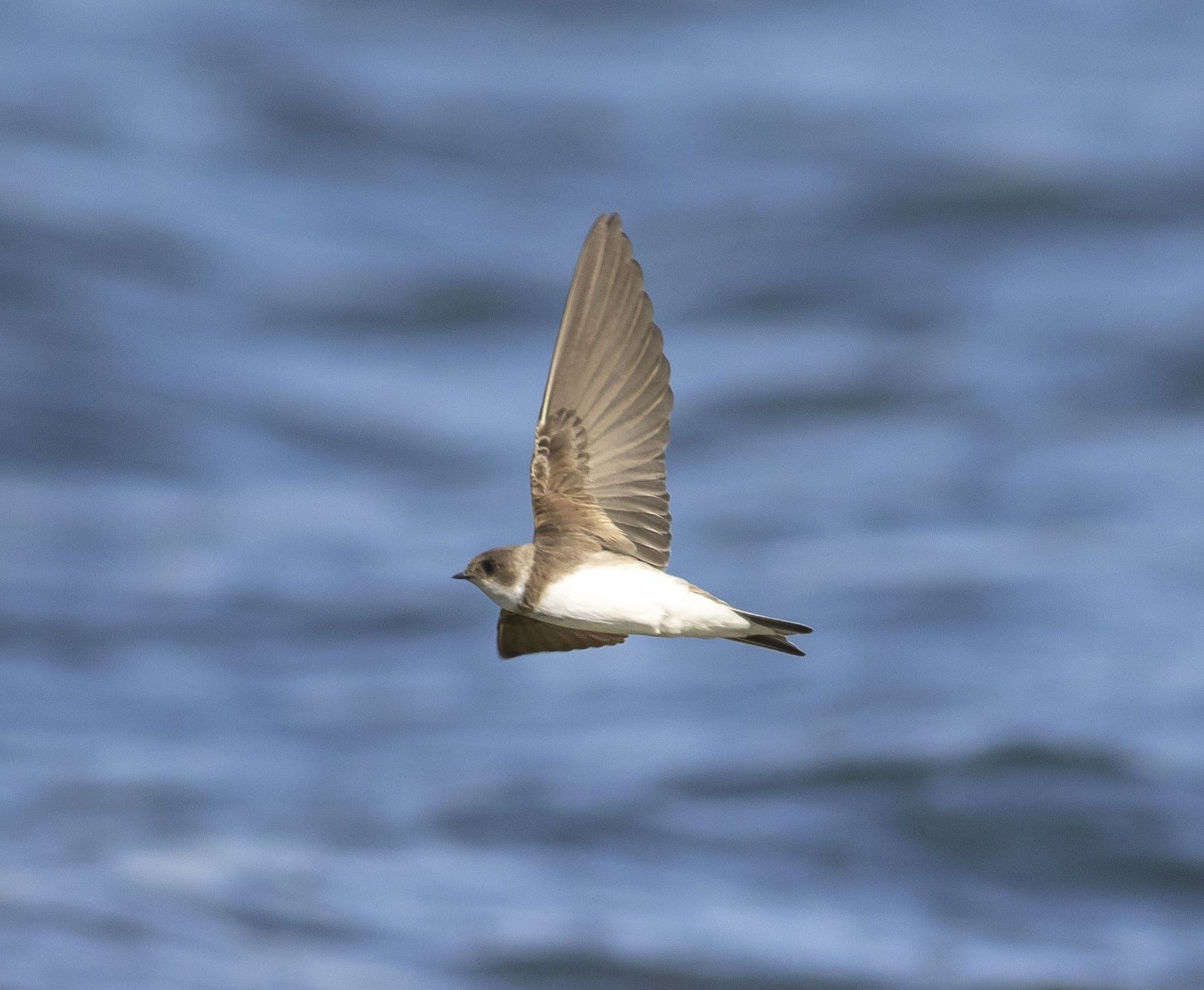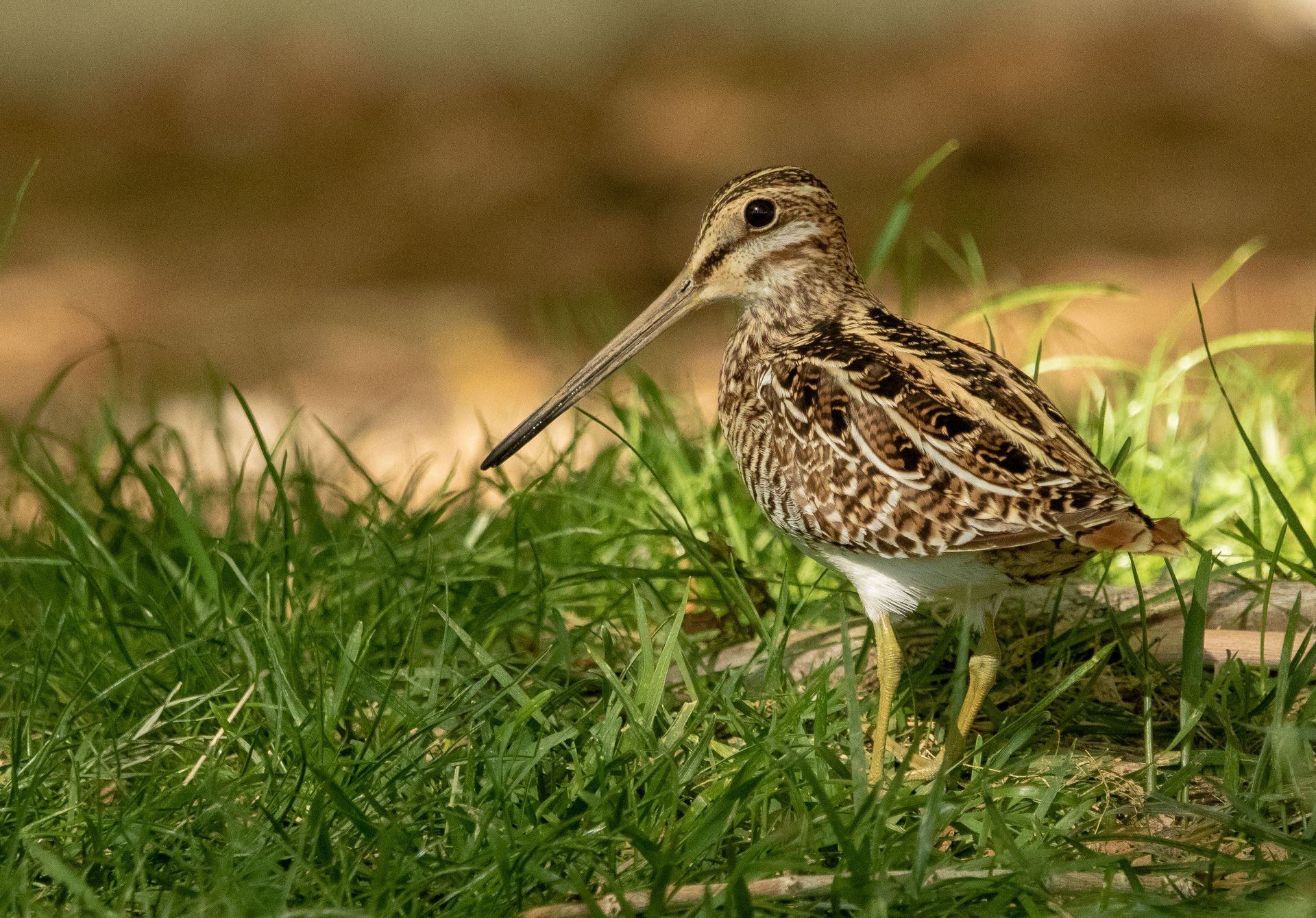May Birding Forecast

by Alex Harper
May is perhaps the most exciting month for birders in Southern Nevada. The first two weeks of the month can be exceptionally dynamic in terms of bird activity and species diversity.
With the progressively longer and warmer days, more and more birds pour in from various areas from the south while others continue to depart after spending the winter here. Shorebirds and dozens of species of songbirds that have been absent since last fall begin moving into the area. They look for suitable habitat to rest, find water, and fuel up. What is suitable habitat depends on the species and its preferences, and it may be a well-vegetated yard, park, golf course, or natural area. These birds are often looking to refuel, rest and find water. They must do these while avoiding native predators like Cooper’ Hawks, nonnative predators like cats, and avoid obstacles such as reflective windows, transmission lines, and buildings.
Amongst these songbirds are numerous flycatchers, vireos, Swainson’s Thrushes, wood warblers, sparrows, tanagers, orioles, grosbeaks, buntings, and sparrows. Look for these birds anywhere at any time. You may find that on some days that songbirds are in your neighborhood. Palo Verde trees, with their abundant yellow flowers, can be especially enticing to some of these songbirds. The staple spring migration sites to visit amongst birders have been and continue to be Corn Creek Field Station, Floyd Lamb Park and Clark County Wetlands. Other artificial oases include the interstate community of Primm or the town of Indian Springs. These beacons of green amongst the desert landscape attract thirsty songbirds and birds that prefer foraging in trees.
Songbirds are colorful, diverse, and often accessible to those living in the metropolitan area. One may not need to travel far from home to catch these birds as they pass through. But there is more to May than songbirds. Shorebirds continue to pass through the region. Anyone visiting the Las Vegas Wash, Henderson Bird Viewing Preserve, Bowman Reservoir and other sites may be able to catch members of this diverse order of birds that includes plovers, stilts, avocets and sandpipers. Shorebirds are often considered to be amongst the most difficult of groups of birds to learn if one focuses too much on their plumage or patterns, but pay attention to bill shape, bill size, leg length, and feeding behavior of these birds and you will start to get the swing of the identification process. Shorebirds are mystifying in that they may migrate at high altitudes and cover long distances between wintering and breeding grounds. Most of the shorebirds passing through Southern Nevada may be coming from Mexico, Central, and South America on their way towards the Arctic tundra of Alaska or Canada.
You will also notice that the neighborhood birds have begun to tend to young birds leaving the nests. The sounds of fledglings and nestlings may catch your ear amongst the sounds of passing planes, cars and other artificial sounds. Up in the nearby mountains, however, birds are a few weeks behind. At locations like Deer Creek and Fletcher Canyon in the Spring Mountains, birds may just be arriving to tending to territories. By the end of May, head into the mountains to observe the breeding bird activity in parks of Ponderosa Pines or stands of aspens.
.
RECENT ARTICLES



